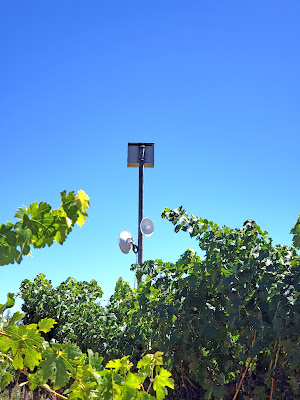About twice a year, I buy a bag of marshmallows. Once in summer, prior to our annual camping trip to Mount Baker, in which I convince myself this is the year T and I are going to gorge ourselves on s'mores (spoiler alert: we haven't yet). And once in November, when I buy a bag of minis, so I can put a cup full into the Thanksgiving ambrosia.
And then the opened bag promptly goes into the back of the pantry, where it goes to die, until a couple months later when I think to myself "perhaps I should make some rice krispie treats". And then I get discouraged because I see the marshmallows are already sad, stale, and wrinkly.
Like this. Have you ever bitten into one of these and realized what a snow cone made out of styrofoam must taste like, and regretted all your choices?
Sure, a large bag of marshmallows only costs $4, but I feel pretty "meh" about using only a couple and then throwing the rest of the bag out. So I was pretty excited when a few years back, I learned the coolest trick.
My guess is that many of you also don't use the ends of your sandwich bread loaves? Let's put them to work. Those slices can resurrect your marshmallows! Simply place the slice in a storage container with your bag of mallows, and let it work its magic overnight. That's it. Less than 24 hours later you will now have soft, fluffy, restored pillows of sugar.
How does it work? The marshmallows draw the moisture out the bread, re-plumping the marshmallow and dehydrating the slice of bread. And you can set it and forget it. Because the bread loses all its moisture, it just becomes crusty and doesn't mold.
This week, I decided I wanted to put together some quick and easy treats while cleaning out my pantry. Out came the stale large marshmallows, a few leftover semi-sweet baking chocolate squares, and 1/4 cup of graham crumbs leftover from previous recipes (and definitely not enough for a cheesecake crust).
I melted the chocolate in the microwave (30 seconds at a time), and once the chocolate melted, dipped each marshmallow first in chocolate and then in graham crumbs. Then, leave the treats for a couple hours for the chocolate to solidify, and now you have single-bite poppable s'more treats!
Note: you can do the bread trick before or after dipping the marshmallows, or even leave a slice in with the treats to keep them fresh and fluffy for the week.
Verdict: I've now swapped some stale scraps from the back of my pantry for some decadent snacks!









